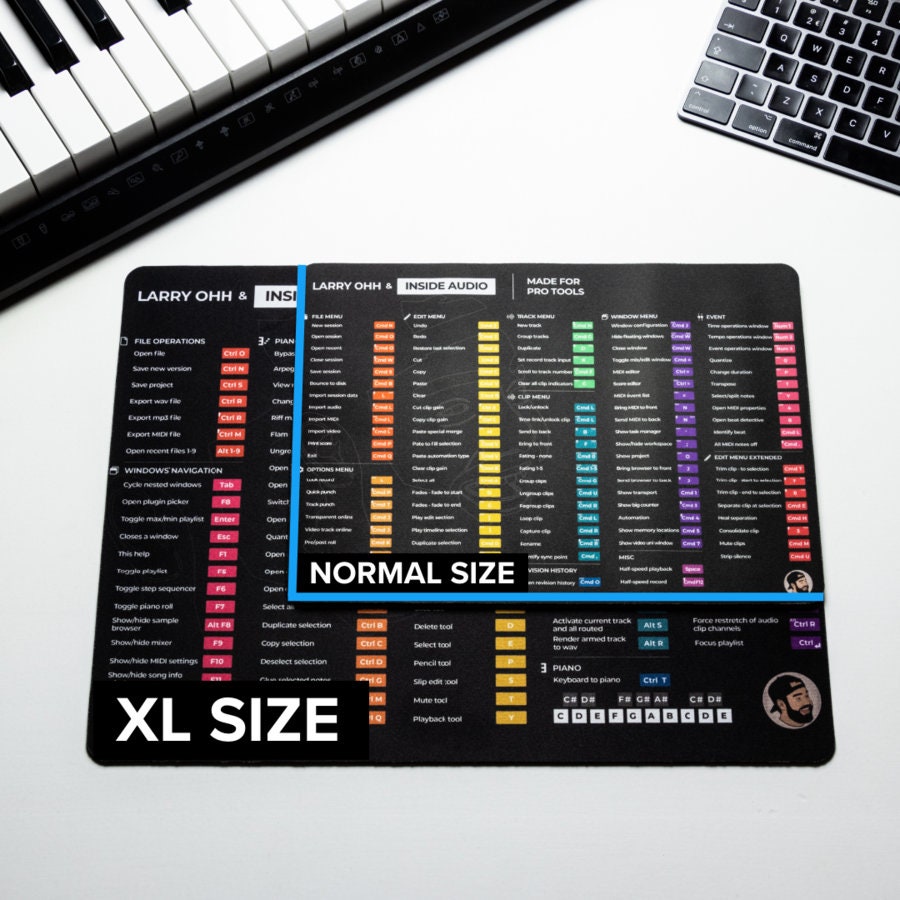

Find this keymap as a plugin and install it on the Plugins page as described in Install plugins.

If your keymap stopped working after an update, it is likely that the keymap is not available by default in the new version of P圜harm. If you have a customized keymap that you are used to, you can transfer it to your installation. You can modify a copy of any predefined keymap to assign your own shortcuts for commands that you use frequently. Install a keymap from a pluginīesides the default set of keymaps, you can install keymaps from plugins (such as, keymaps for GNOME and KDE): open the Settings dialog Control+Alt+S, select Plugins, switch to the Marketplace tab and search for keymap. When consulting this page and other pages in P圜harm documentation, you can see keyboard shortcuts for the keymap that you use in the IDE - choose it using the selector at the top of a page.

Make sure that it matches the OS you are using or select the one that matches shortcuts from another IDE or editor you are used to (for example, Emacs). P圜harm automatically suggests a predefined keymap based on your environment. To view the keymap configuration, open the Settings dialog Control+Alt+S and select Keymap.Įnable function keys and check for possible conflicts with global OS shortcuts. Show all places where a code element is used across your project. Increase or decrease the scope of selection according to specific code constructs. Select a recently opened file from the list. Jump to the next or previous highlighted error. Quick-fixes for highlighted errors and warnings, intention actions for improving and optimizing your code. Quickly find any file, action, class, symbol, tool window, or setting in P圜harm, in your project, and in the current Git repository.įind a command and execute it, open a tool window, or search for a setting.


 0 kommentar(er)
0 kommentar(er)
